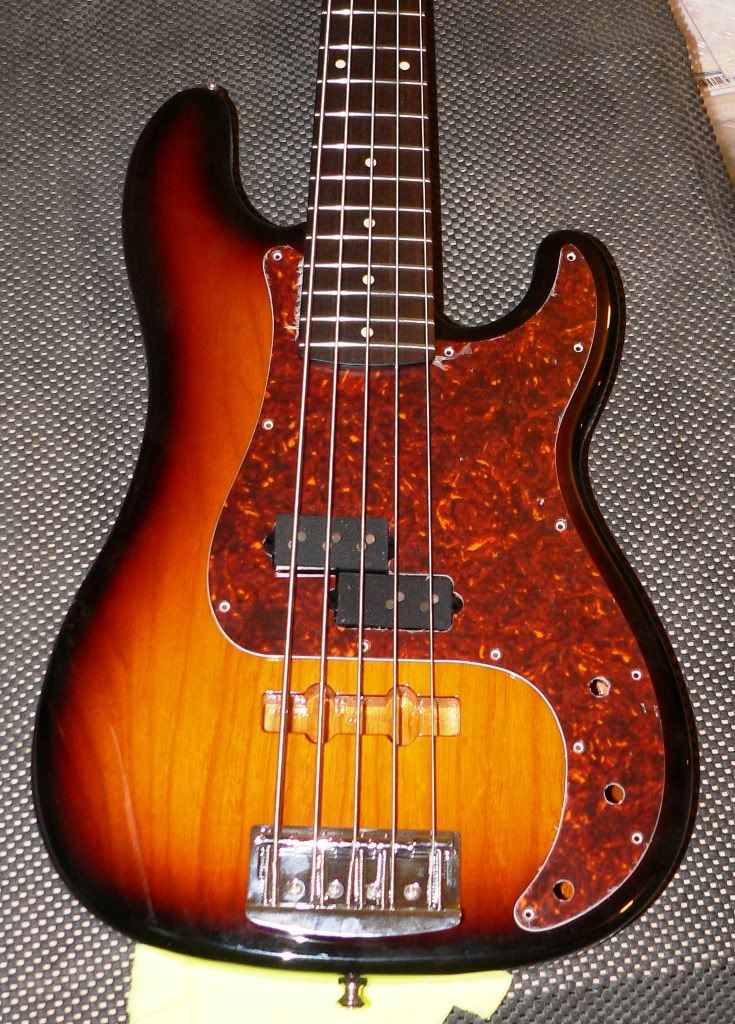for those who are making a split-coil P-bass type pickup for 5-string basses where both coils have 3 sets of magnets - how are you charging the coil that senses two string so that the 3rd set of slugs does not get magnetically charged?
note that this is NOT the configuration Fender utilizes with two different coil sizes

but a configuration like Nordstrand utilizes with identical bobbin outlines and where one pair of slugs is slightly recessed so as not to protrude thru the cover

(Regenerate bass with Nordstrand pickups)
the only way I can think to do this is to magnetize the coil prior to installing the 'placeholder' slug(s), install the dummy slug(s), and then wind the coil.
I'm curious if others have a better workflow that's not a two-part assembly type operation
all the best,
R
note that this is NOT the configuration Fender utilizes with two different coil sizes

but a configuration like Nordstrand utilizes with identical bobbin outlines and where one pair of slugs is slightly recessed so as not to protrude thru the cover

(Regenerate bass with Nordstrand pickups)
the only way I can think to do this is to magnetize the coil prior to installing the 'placeholder' slug(s), install the dummy slug(s), and then wind the coil.
I'm curious if others have a better workflow that's not a two-part assembly type operation
all the best,
R
Comment